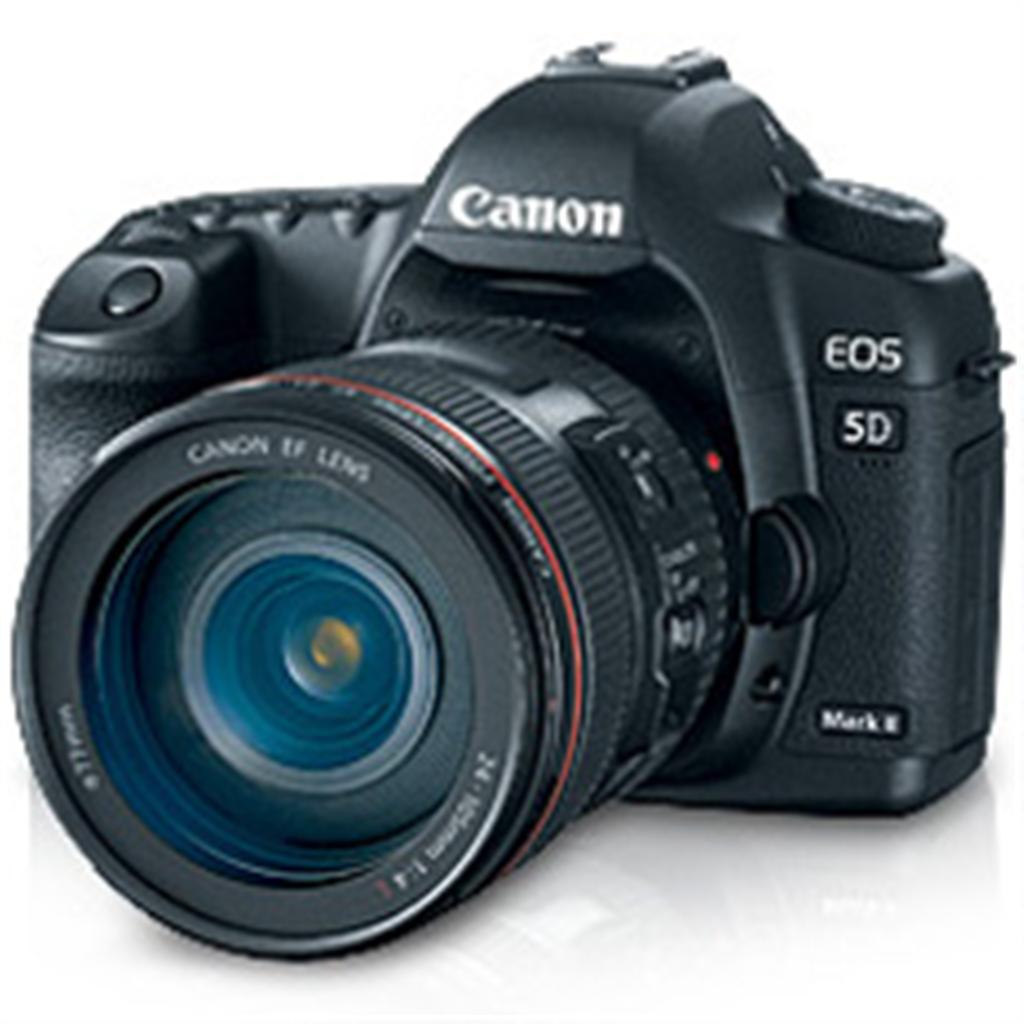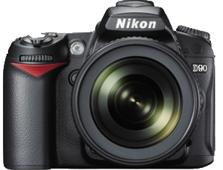|

A growing number of photographers are realizing that the future is not just about beautiful, high-resolution still images.
Part of the future – and many argue a very large part indeed – is going to be
about video.
The reason is that the Internet, that wonderful communication tool you are currently using to read this (unless, of course, you still print pages out) is increasingly an image-driven tool and today more of those images move and make noises too.
The demand for video on the Internet is certain to grow fast and many photographers will see this as a new market.
Moving pictures can, of course, already be captured on most compact digital cameras, as well as mobile phones, but resolutions are low making them home-movie tools at best or for posting to sites such as YouTube.
But now for the first time, the ability to shoot high-quality movies with a DSLR (digital single-lens reflex) camera has been introduced in two new offerings, with more on the way.
This means that the professional or semi-pro photojournalist can offer both still pictures at the highest of resolutions – one of the cameras, a Canon, offers images of 21.5 megapixels – and moving pictures with sound at good definition, and, in the case of the Canon, high-definition.
This may seem like overkill for the Internet today as when compressed for delivery to a desktop, all that high-definition will be lost as files sizes are reduced. But quality will improve fast as broadband speeds increase. In some countries it is already fast enough to deliver high definition moving pictures.
And with people downloading video via broadband for high-definition results on their televisions, quality will need to be the best.
Two new "movie DSLRs" were released recently, the Nikon D90 and the Canon 5D Mark II.
Both offer what’s known as “live view”, available in compact cameras for a long time but which has been difficult to achieve in DSLRs because of the optics.
It allows the photographer to have an instantly-updated preview of what the shot will look like using the screen at the back of the camera instead of, or as well, as through the viewfinder.
And one advantage of movies in a DSLR over video-only cameras is the ability to use a wide variety of lenses and explore the different depths of field and quality capture they offer.
According to Nikon the D90, sporting a 12.3 megapixel sensor, offers “truly cinematic results, stunning image quality and innovative high-performance".
But what about independent reviews? According to Imaging Resource: “The Nikon D90 records movies as a Motion JPEG in AVI format at 24 frames per second at what they're calling "720p equivalent" resolution: 1,280 x 720.Though you have to focus manually, and aperture remains fixed during recording, audio for the videos is captured through the monaural mic on the camera.”
In a very full review at dpreview.com the conclusion about video is that “the movies are good by 'stills camera' standards, capturing a lot of detail and playing smoothly. The large sensor means the performance in low light is very good". But sound recording, says the review, is at a low sampling rate and there's nowhere for an external microphone. "It's hard to escape the impression that this is a first-generation implementation," concludes the review. "On this basis, the D90 probably isn't a camera you'd buy for its video capability”.
The Canon 5D Mark II is the successor to the widely-used 5D and offers almost twice the resolution of the Nikon. Says Canon: “The integration of HD movie capability into a high-end 21.1 megapixel camera opens a multitude of new possibilities for photojournalists and news photographers."
A review at Techradar.com says: "The EOS 5D Mark II can also capture video. Proper video. High Definition video, in fact, and unlike the Nikon D90, which recently took the prize for the first HD-equipped DSLR, the 5D Mark II can shoot 1290 x 1080p at 30fps.”
At Camera Labs, the reviewer says: "With Full HD and the possibility of connecting an external microphone, the EOS 5D Mark II promises the best quality movies from a still camera to date – only time will tell if it’s a match for a dedicated HD camcorder though.”
Video examples for both cameras can be seen at a number of web sites, including Slashgear for the Canon, in addition to the manufacture’s site, and here for the Nikon though you won’t see the highest definition through Internet streaming.
For that you will have to download the large files from sites and that could take some time, even on a fast broadband connection.
With both these cameras, still photography is of the highest quality, as you would expect. Still frames can be captured when shooting movies and stills can, of course, be grabbed later in software from movie footage but not with the same quality as if they were shot as stills.
Although these are the two first DSLR’s on the market with high-quality movie capabilities, more will appear soon and the people at Red say they have a much more unusual offering in their product line. Is it a DSLR or not? We'll have to wait and see.
There is little doubt that photojournalists will seriously have to start thinking about offering video in future and learning the skills necessary– see Ask The Experts in this issue.
As to whether it is the right time to buy the first DSLRs which offer movie capabilities– remember it is early days yet and the technology is bound to develop.
|
|



Canon 5D Mark II

Nikon D90


|
|